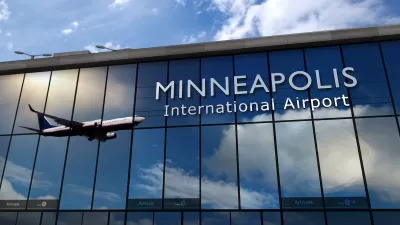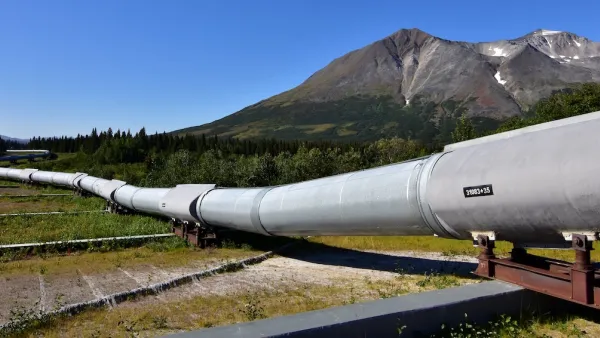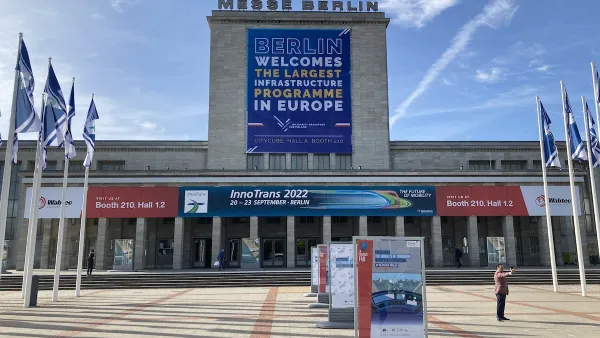The improved facilities are expected to reduce their total energy use by 19 percent.

A terminal expansion plan for the Minneapolis Airport includes geothermal heating and water conservation measures, reports Brian Martucci in Smart Cities Dive. The project, which broke ground in August, will add two new gates, expanded seating, new restrooms, and additional operational areas.
“The improvements in the expanded north end of Terminal 2 are expected to reduce overall energy demand for heating and cooling by 19%, water drawn from the local water utility by 56% and energy demand for interior and exterior lighting by 23% and 62%, respectively, according to an MAC fact sheet shared with Smart Cities Dive sister publication Facilities Dive.”
The airport received a $20 million grant through the Federal Aviation Administration’s Airport Terminals Program to pursue the $263-million project, which will use a groundwater-based heating and cooling system and efficient water fixtures. “The expanded terminal will feature high-efficiency building envelope improvements, including triple-glazed windows installed with bamboo framing, increased wall and roof insulation and airtight exterior detailing.”
FULL STORY: Minneapolis airport unveils plans for geothermal heating, rainwater harvesting in $263M expansion

Planetizen Federal Action Tracker
A weekly monitor of how Trump’s orders and actions are impacting planners and planning in America.

Congressman Proposes Bill to Rename DC Metro “Trump Train”
The Make Autorail Great Again Act would withhold federal funding to the system until the Washington Metropolitan Area Transit Authority (WMATA), rebrands as the Washington Metropolitan Authority for Greater Access (WMAGA).

The Simple Legislative Tool Transforming Vacant Downtowns
In California, Michigan and Georgia, an easy win is bringing dollars — and delight — back to city centers.

In These Cities, Most New Housing is Under 441 Square Feet
With loosened restrictions on “micro-housing,” tiny units now make up as much as 66% of newly constructed housing.

Albuquerque’s Microtransit: A Planner’s Answer to Food Access Gaps
New microtransit vans in Albuquerque aim to close food access gaps by linking low-income areas to grocery stores, cutting travel times by 30 percent and offering planners a scalable model for equity-focused transit.

This City Will Pay You to Meet Your Neighbors
A North Kansas City grant program offers up to $400 for residents to throw neighborhood block parties.
Urban Design for Planners 1: Software Tools
This six-course series explores essential urban design concepts using open source software and equips planners with the tools they need to participate fully in the urban design process.
Planning for Universal Design
Learn the tools for implementing Universal Design in planning regulations.
Smith Gee Studio
City of Charlotte
City of Camden Redevelopment Agency
City of Astoria
Transportation Research & Education Center (TREC) at Portland State University
US High Speed Rail Association
City of Camden Redevelopment Agency
Municipality of Princeton (NJ)





























